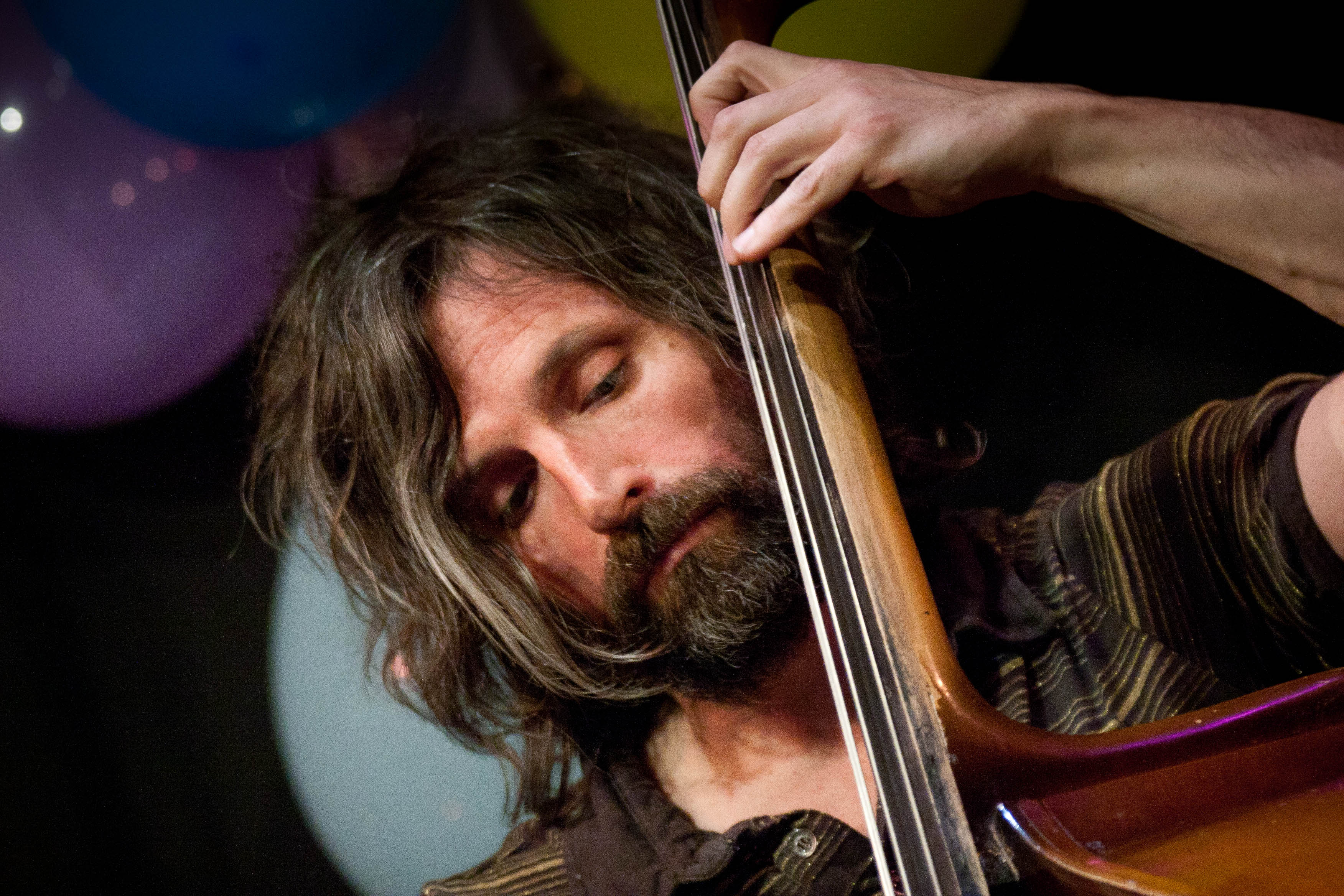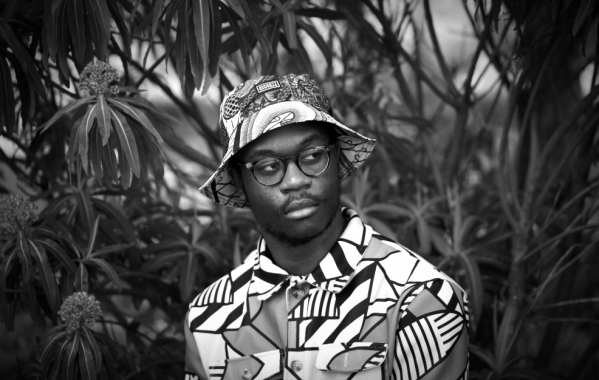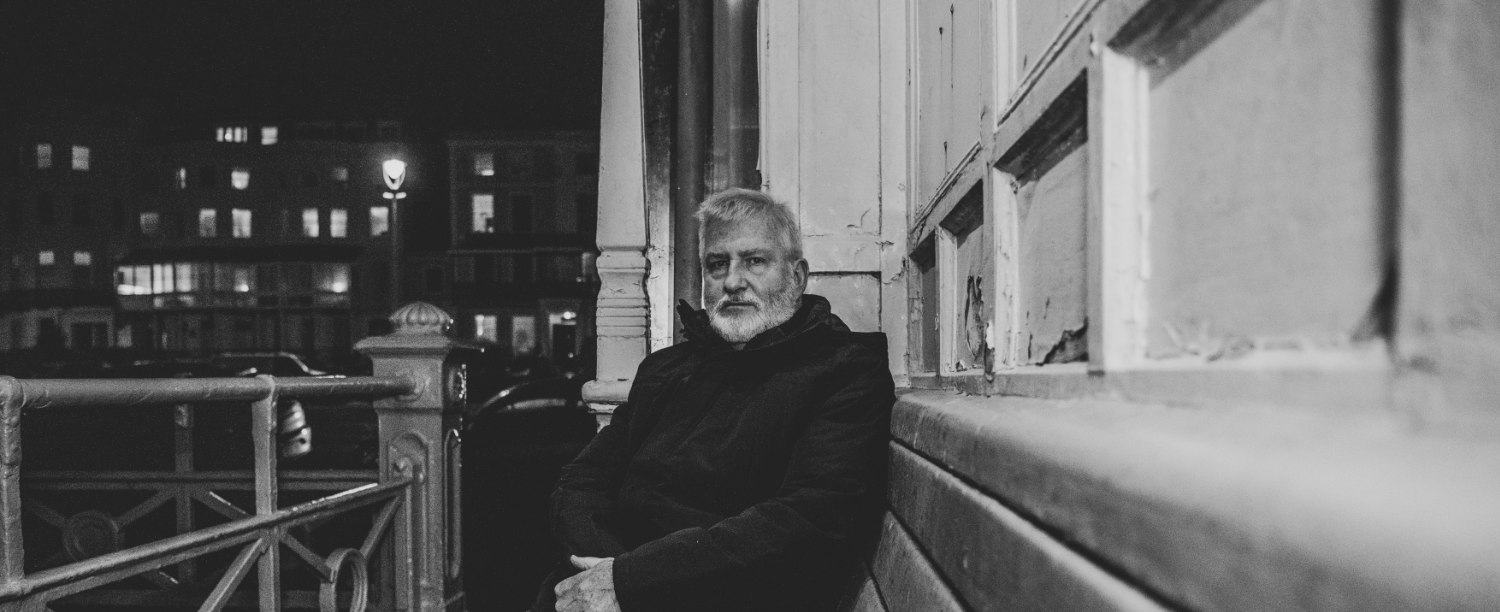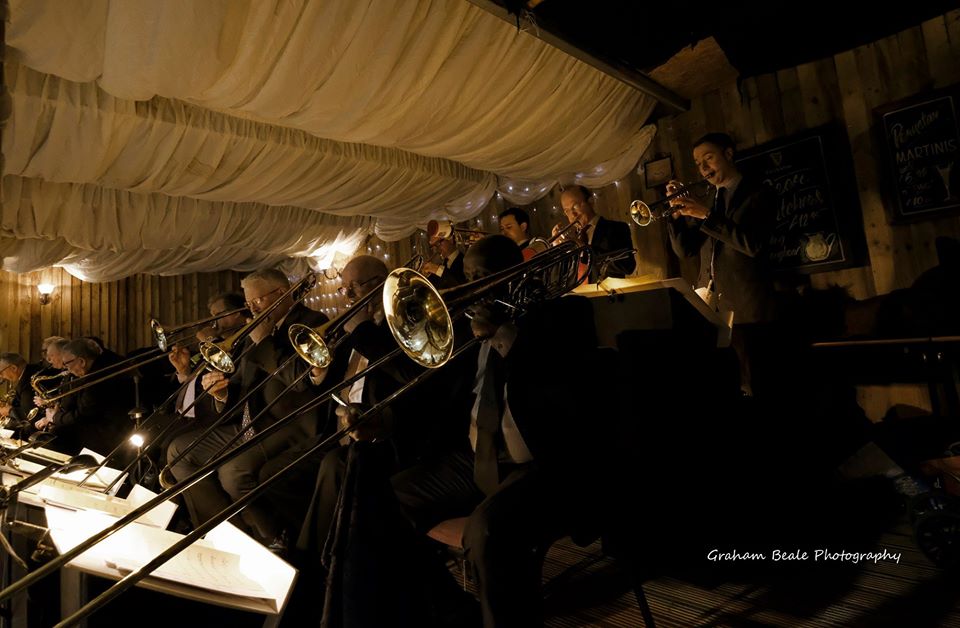The Column: Eddie Myer – Radio Waves

I had the good fortune recently to attend a presentation by millionaire rap icon, political activist, and all-round spokesman for a generation Chuck D, who rose to global recognition as the dominant voice of pioneering hip-hop collective Public Enemy. Their days as platinum-selling major label artists now definitely behind them, they’ve maintained their relevance on the music scene by diversifying their attack, staging a guerilla-stye campaign of constant tour appearances backed with self-produced recordings which they give away free over the web. Chuck is a passionate and engaging speaker on any number of subjects, thankfully steering well clear of Professor Griff-style forays into New World Order Conspiracy raving, maintaining a demeanour that’s relaxed, affable and funny without surrendering any of the imposing gravitas that made PE’s classic recordings seem so exciting and so monolithically impressive. He’s gone on record to acknowledge being inspired by radio sportscasters such as Marv Albert, and the discussion moved to other influential black American musicians who started in radio, from Sly Stone to Ludacris. During his wide-ranging answers to questions from the floor, Chuck never missed an opportunity to plug their online radio station Rapstation, which you can find for yourselves here; www.rapstation.com/ . There was no mistaking the importance he assigned to this venture as a global platform for promoting the music he loves and has done so much to foster.
The relationship between jazz and hip-hop is a complex one, but the salient fact for us here is that both forms arose from within the same community before crossing over into the wider world, and therefore there are a wealth of historical parallels, even if the musical parallels may not be immediately apparent to the average Kenny Wheeler fan. Since rap is all about the lyric and the flow, it’s natural that radio should be its home and its inspiration as well as a major disseminator of the form. Yet hip-hop isn’t on mainstream radio anywhere nearly as much as in the heyday of Dave Pearce and Tim Westwood. The genre would do well to look at the story of jazz music’s ride on the radio waves.
Jazz grew up with radio. By the 1930s, jazz – swinging, soulful sax-and-trumpet led dance music – ruled the airwaves on both sides of the Atlantic, usually in the form of live concert transmissions. Much of the historical archive of jazz is made up of broadcasts from popular hotels and ballrooms whose recordings fortuitously survived. Even through the 1960s, when live broadcasts had given way to DJs, jazz maintained enough radio presence to make it worthwhile issuing 45s which could become million-selling radio hits for the likes of Eddie Harris and Lee Morgan. Jazz’s commerciality decreased simultaneously with its access to radio – Miles Davis in the 1970s was particularly bitter about being shut out from mainstream black stations – and by the 1980s jazz programming had dropped to its current level; college radio in the US, niche programmes on the BBC in the UK. The rise of the Smooth Jazz genre put jazz back on the airwaves, at least in name, but I’m sure many of the readers of this magazine would question whether this really counts as progress. Since few if any of its major players cross over with any other musical fanbases, including jazz fans, Smooth Jazz really seems like a genre all on its own, and despite its continually healthy sales and the constant presence of soprano saxophones, it’s hard to see it as carrying forward the values embodied by John Coltrane. This year sees the fourteenth birthday of JazzFm, and you can see the station’s tortuous history of format changes and relaunches, always accompanied by a barrage of contempt from fans of “serious” jazz music, as emblematic of the struggles jazz music is undergoing in its search to establish an audience and a commercially compelling identity. It’s easy to attack JazzFm’s doggedly populist programming from the point of view of a musically educated connoisseur, and many have done so. However, it seems a bit redundant to attack a would-be commercial station for having a commercial playlist, as it does to attack a commercial festival for booking commercial headliners – at least it offered an alternative to purely state-funded support on the BBC. However much we may appreciate Jazz Record Requests or Late Junction, they’re not sufficient representation of the breadth of jazz music in the UK today . Yet even JazzFm’s venture seems not to be thriving, and JazzFm have recently scaled back their activities to only DAB in London.
So what’s the alternative? Internet Jazz radio – even iTunes Jazz radio – both exist, but they are not yet developed enough to be satisfactory alternatives. The majority usually consist simply of automated playlists chosen by algorithms. The magic of radio comes from the people choosing the music, their passion and commitment. What’s needed is more local and regional broadcasting, with the local scene promoted by knowledgeable and enthusiastic DJs, to be gathered together and made globally available on a well-managed, well-promoted multi-media platform…which is exactly what Chuck D is doing with his Rapstation venture. Like jazz before it, hip-hop is a globally successful art form that is moving increasingly from the spotlight to the niche market, but it’s not going without a fight. The jazz community should take note.
Eddie Myer


